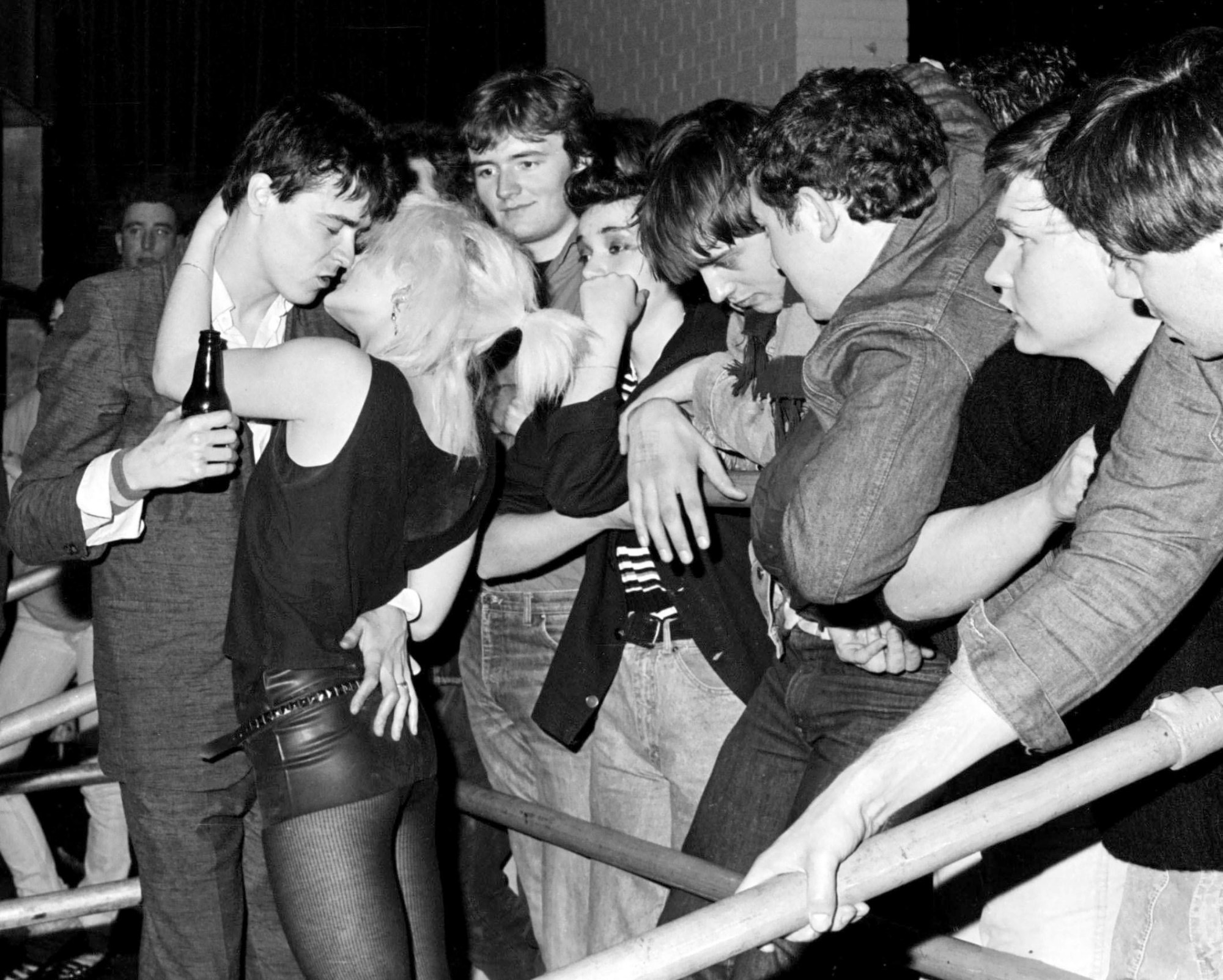Driven by a host of rebel cultures emerging in the 70s, London was poised to redefine global pop culture in the decade to follow. The 80s saw the proliferation of homegrown styles like punk, glam, mods, 2Tone, rockabilly, skins and suedes — youth culture was cresting at its greatest height since the Swinging 60s took the world by storm. But this time, it had been sharpened to a razor-sharp edge that came from surviving the 1970s, and knowing that you were truly on your own in the world.
No longer bound by respectability politics that had dominated British society for centuries, youth stood proudly against the status quo. Defying decorum, they embraced anarchy and androgyny alike, transgressing the boundaries of gender expression far before the word “fluid” came into vogue. New Romantic dandies, post-punk peacocks and glamorous goths alike preened themselves on the streets while artists like Grace Jones, Annie Lennox, and Pete Burns paraded through homes in that new-fangled medium known as the music video. With the explosion of visual culture, music and fashion would never be the same.
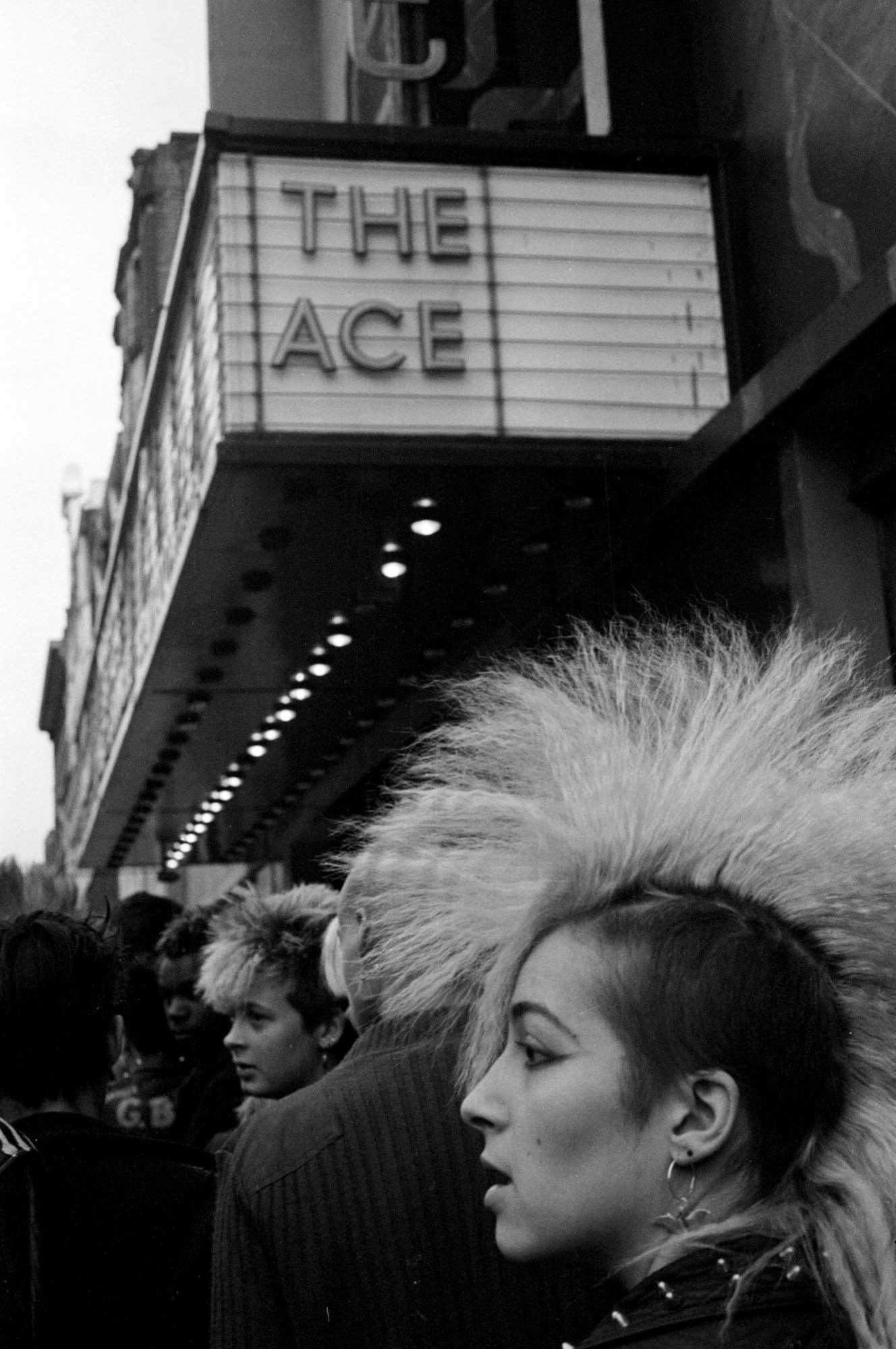
Halfway around the globe in Adelaide, the capital of South Australia, Jane Simon devoured NME every week, keeping her abreast of the latest developments in the UK music scene. As a teen, Jane got a job writing commercials at rock music radio station 5KA and caught artists like The Police, The Stranglers, and Elvis Costello when they came to town, as well as local punk bands like Radio Birdman. “The underground scene in Adelaide was very small,” Jane says. “I was very into the music: it was new and exciting, and everyone was outraged by it. That was great!”
But in her heart, Jane knew that she was missing out. Then one night, everything changed. The editor of a local music paper had just returned from a trip to London, and Jane gave him a lift home. In the car, he regaled her with tales walking down the Kings Road and bumping into Paul Simonon of the Clash and Chrissie Hynde of the Pretenders. “I just said to him, ‘Oh Donald, you’re so full of shit. I could do that!’” she says. “So I went out the next day, bought a plane ticket, and came to London.”
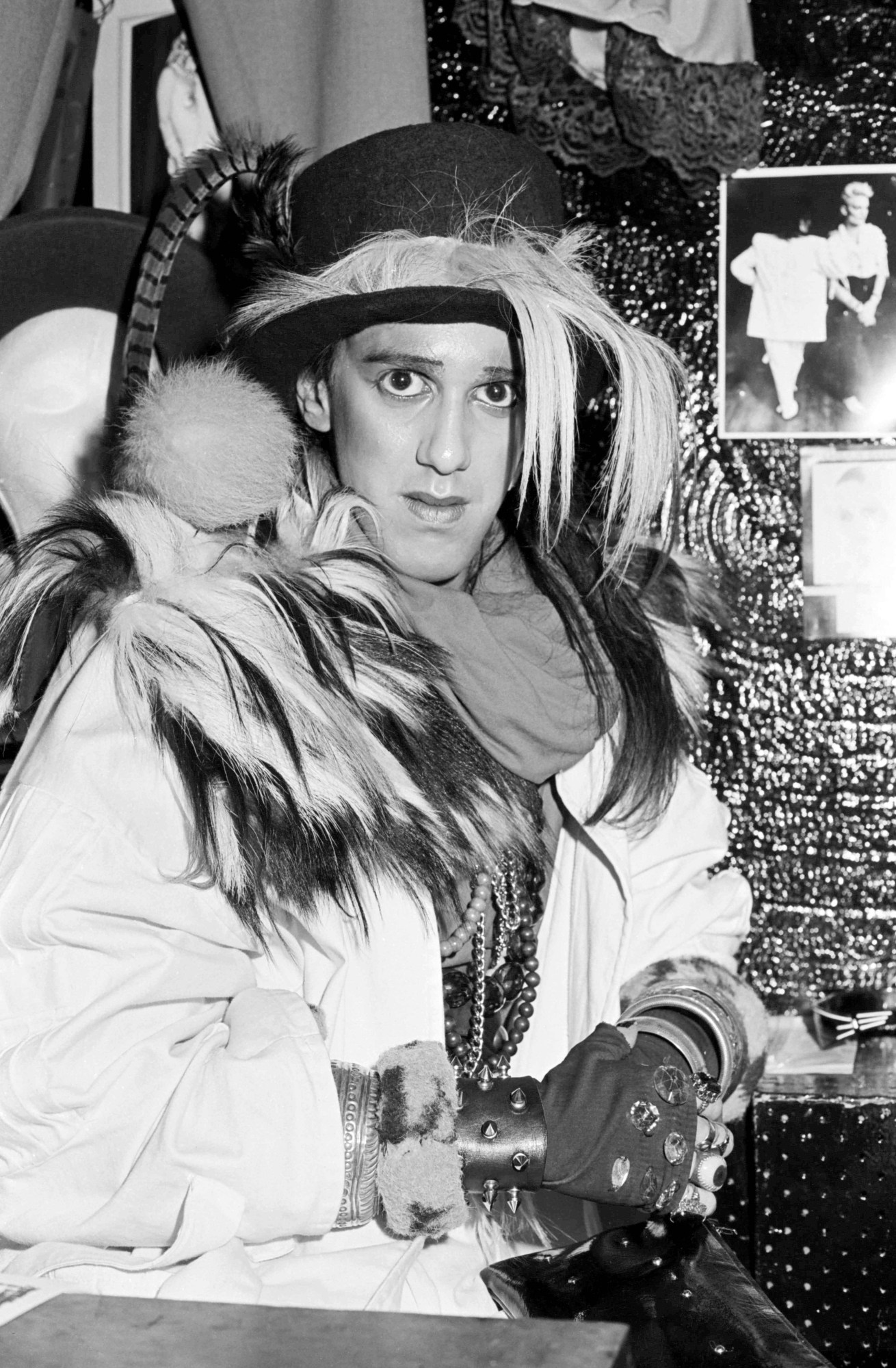
Jane, then 20, arrived in the UK with just £200 and her mother’s coat in hand. “I thought I’d be in London for six months — and I’m still here,” she says. After staying a couple of weeks at a Bayswater hostel, Jane rented a room in a house up the New Kings Road. Here, her flatmate introduced her to photography and Jane was quickly on her way to documenting the DIY scene that was swirling all around them. Although punk had crashed and burned by 1980, its spirit lived on in a new generation.
Jane saw Joy Division and The Strangers at Cinespace Finsbury Park, and started going to gigs as often as she could. “I didn’t really know anybody so that became my social life,” says Jane, who marvelled at the flourishing street style. “It was just amazing to see people walking down Portobello Road and nobody would bat an eyelid, whereas in Adelaide, that would stop traffic — and probably would still today.”
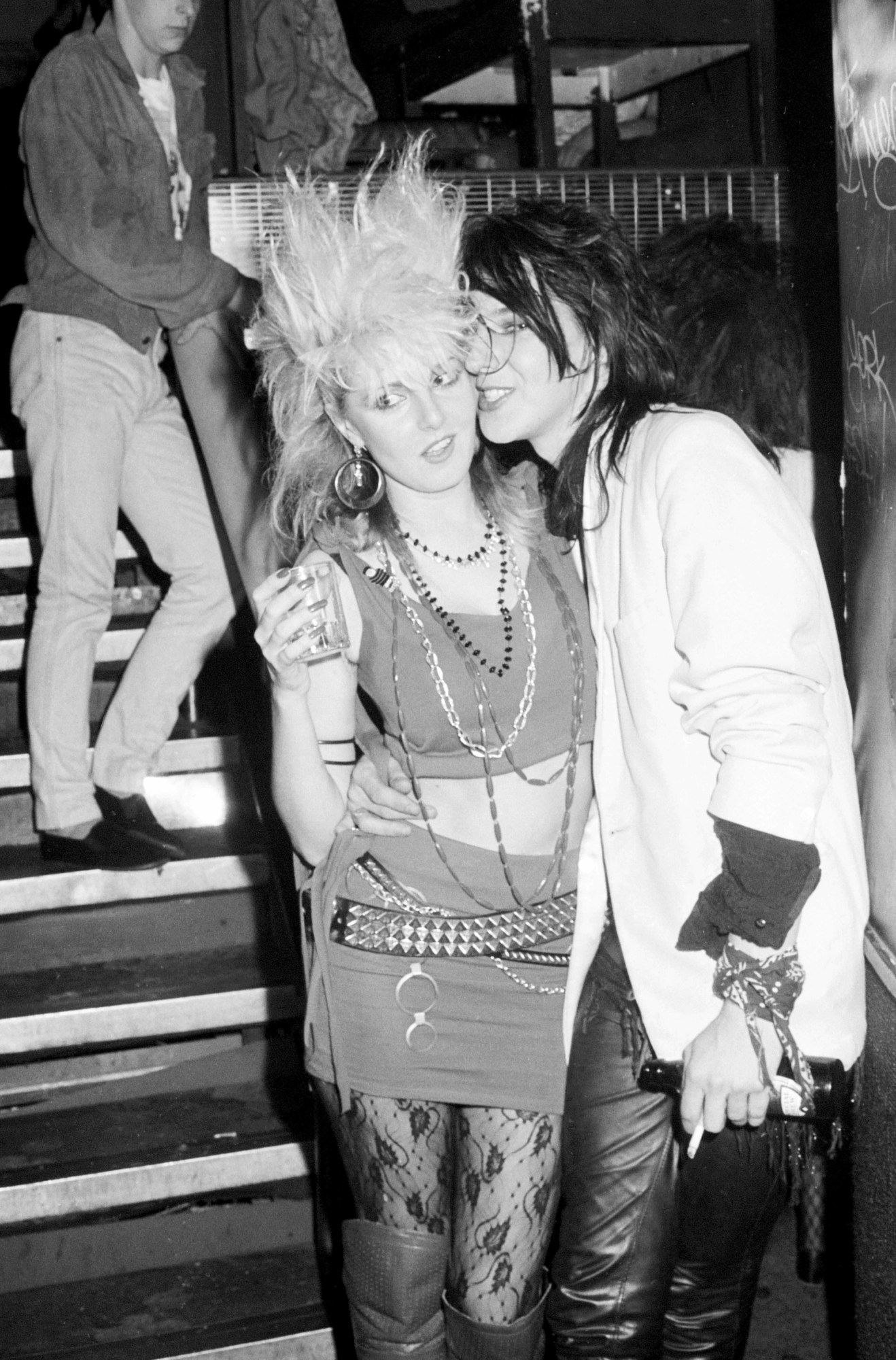
To support herself, Jane worked at Virgin Records, then Rough Trade, while regularly practising her newfound passion for photography. “I would go to a club and be the only person with a camera,” she recalls. “Everybody was keen to have their photo taken because it was such a rare thing. People were much more forthcoming because they had gone out with the intention of being noticed. I knew that everything was ephemeral and I was thinking, ‘I want to capture this!’ because you knew it wasn’t going to last very long.”
By pure serendipity, Jane began working as a music journalist, both making photographs and writing the stories. A friend from home had a sister working as a music publicist in London for bands like The Fall. Jane shot one of her clients for Melody Maker. After the journalist backed out of the piece, the editor was going to kill the story. So Jane offered to write it, and quickly found her lane covering live shows for Sounds — while continuing to amass an extraordinary archive of street and nightlife photography.

Forty years later, Jane returned to her archive to unearth gems of never-before-seen photos of groundbreaking artists like Elton John and Boy George, punk icons Stiv Bators and Johnny Thunders, bands like The Pogues and REM, club kids and fans alike for the new book Fashion, Music, London 1980s from Café Royal Books. As she looked through the images, Jane was struck by how much these casual moments had been transformed into historical artefacts. But more than that, they captured a time when there was barely any distance between artists and fans.
“The scene was much smaller and it was based around a few nightclubs in London like Valley of the Dolls, Alice in Wonderland, and Gossips on Dean Street, which was called the Batcave on a different night of the week,” she says. “All the little bands were hanging out in these clubs so you’d see all the same people there every week. I remember seeing Johnny Thunders at the Marquee Club on Wardour Street. It was a right little venue and you were just leaning on the stage, which was only three-feet high. So when the bands came off the stage, they were hanging out with everybody else, watching the next band. I never felt there were any divide between the bands and the audience because everybody was just having a go.”
Looking back on the early years of her career, Jane remembers the thrill of delayed gratification that came from working with film. Riding the night bus home after a gig, she was filled with anticipation as she remembered the photos she made. She wouldn’t know what she had until she got home, hit the darkroom, and developed the film. As the bus rode gently into the night, Jane recalls, “I’d be thinking about that magic moment when I took the picture and made the connection with the person on stage, whether it was the look in the eye or the lighting. I’d just be hoping, ‘Please, please, please, please be good!’ all the way home.”
‘Fashion, Music, London 1980s’ is published Café Royal Books and is available to purchase
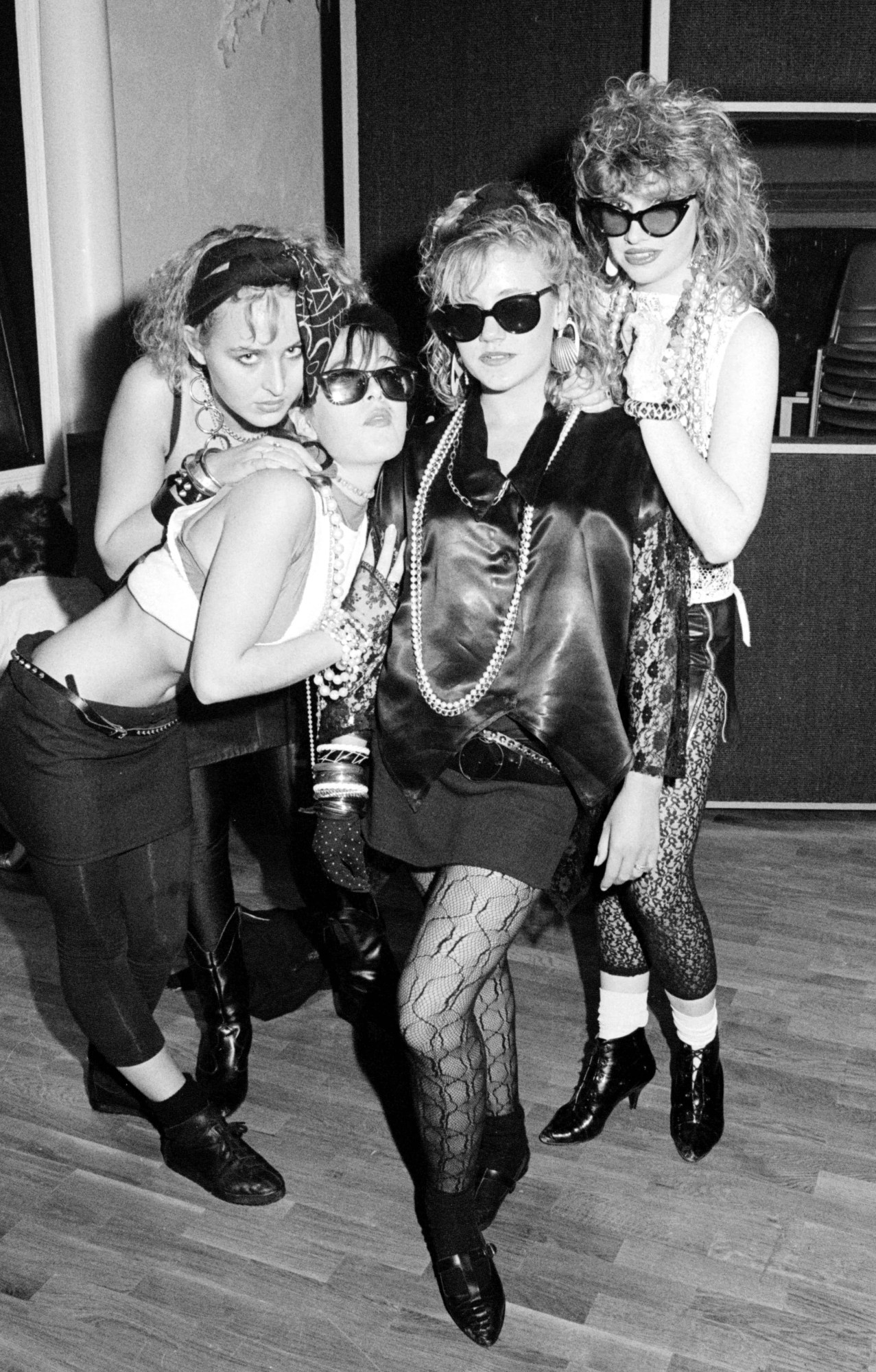
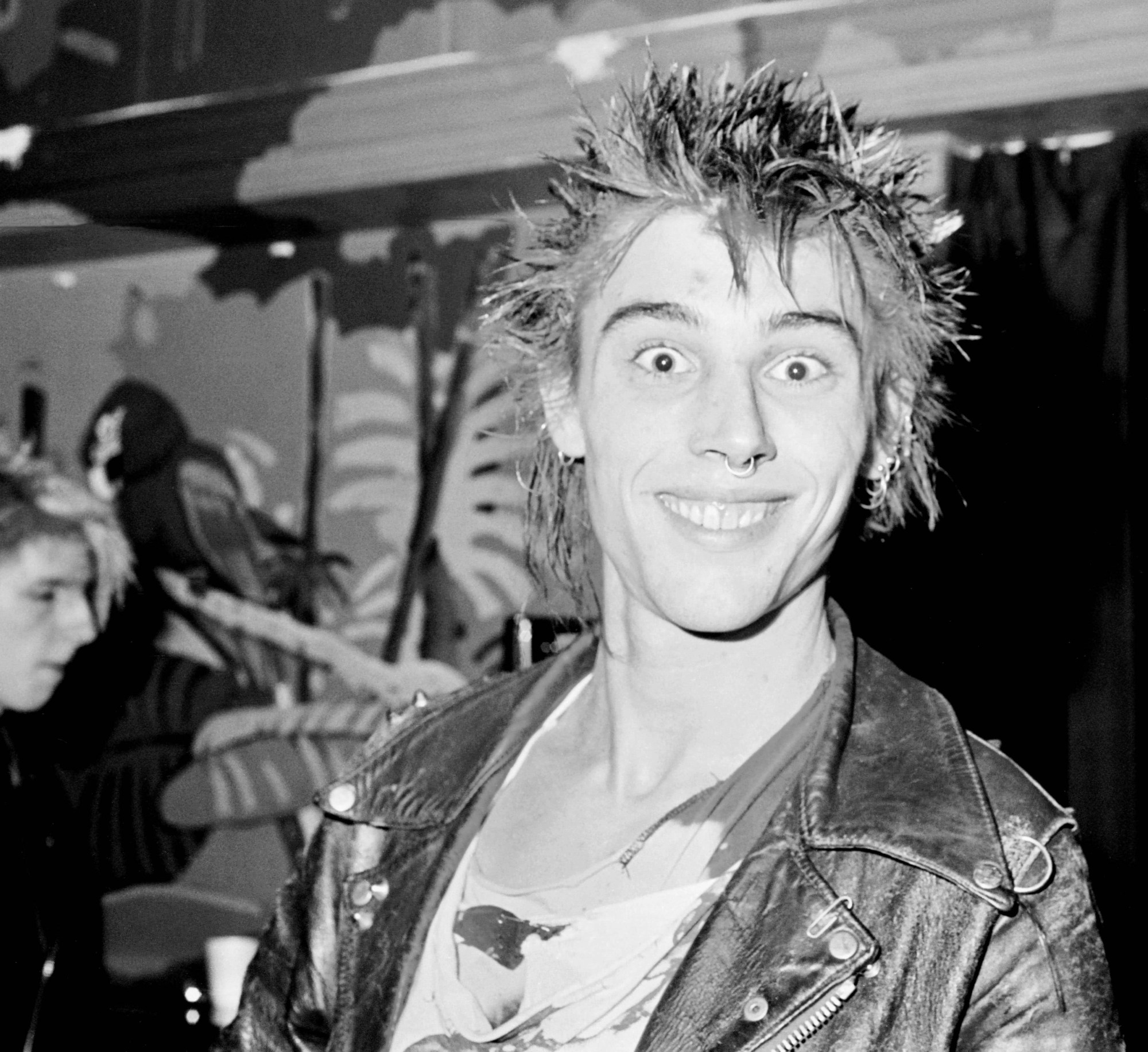
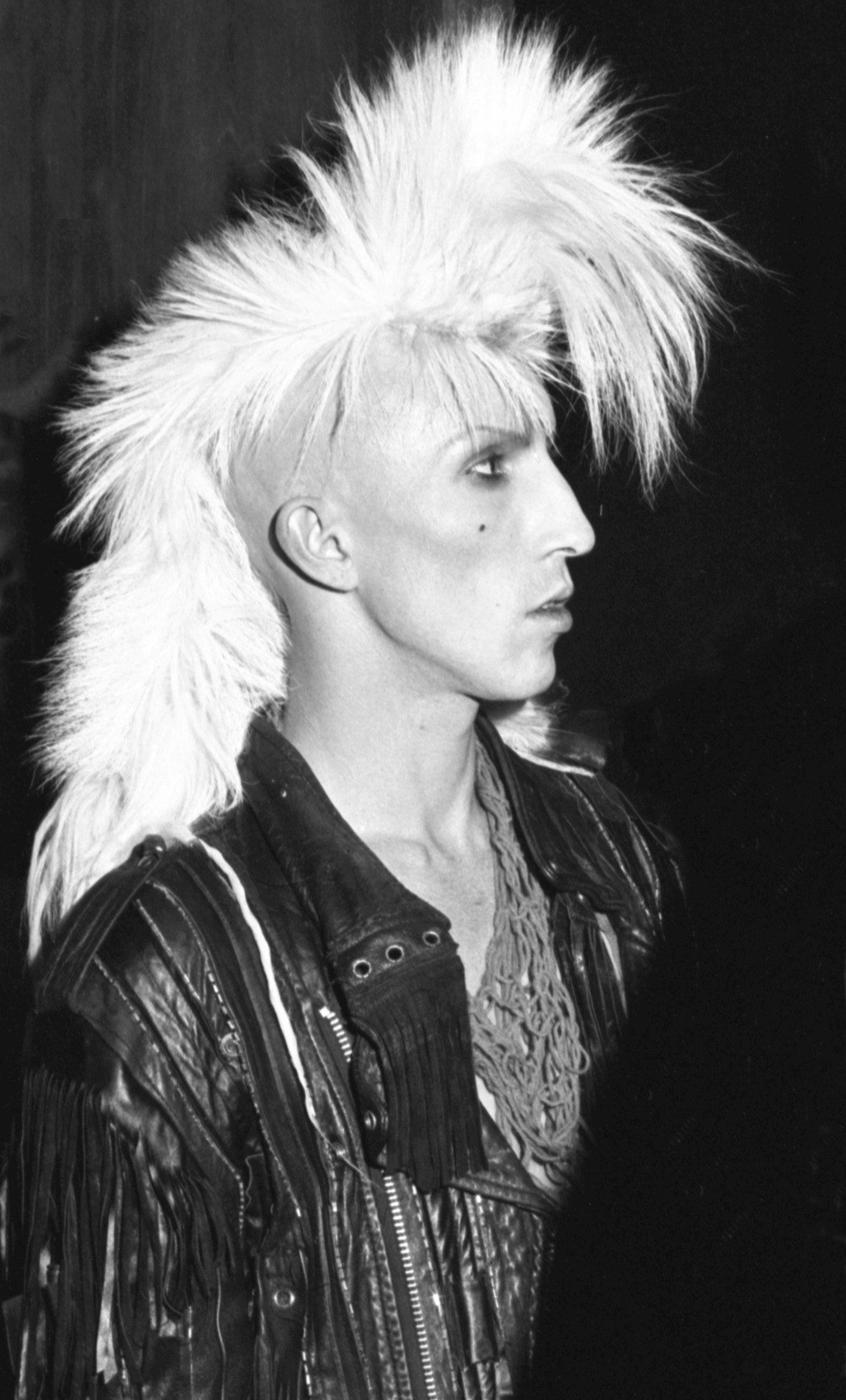
Credits
